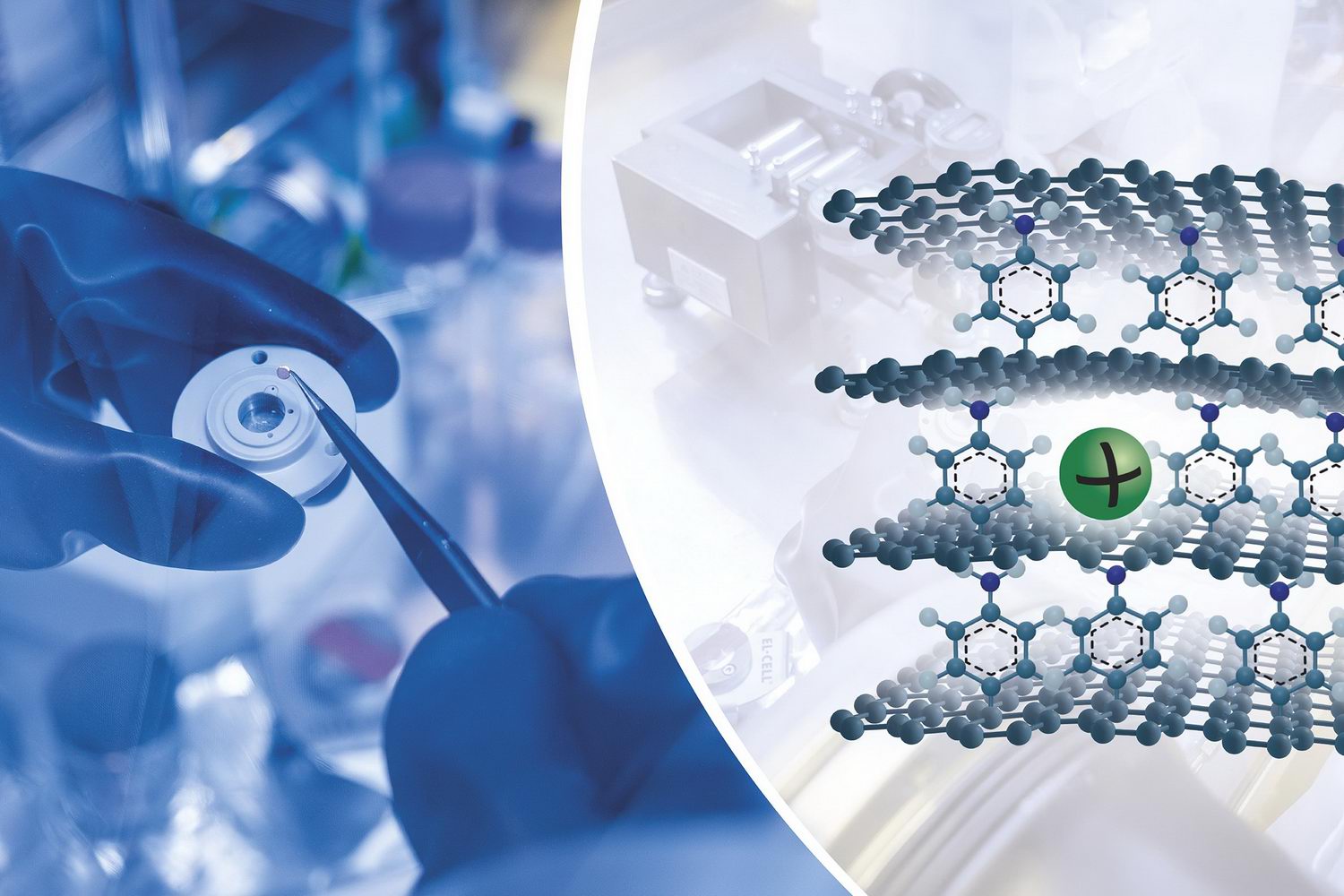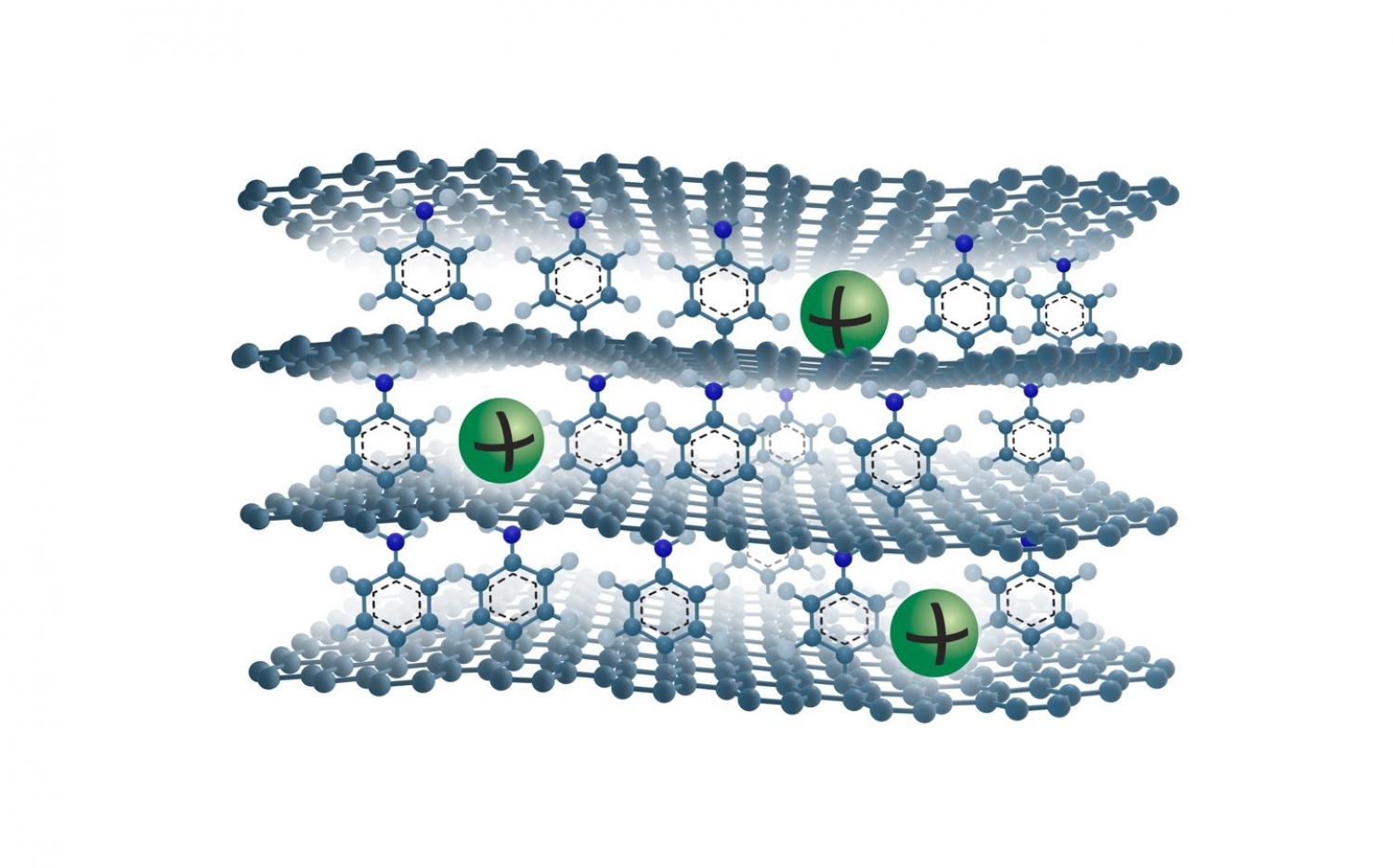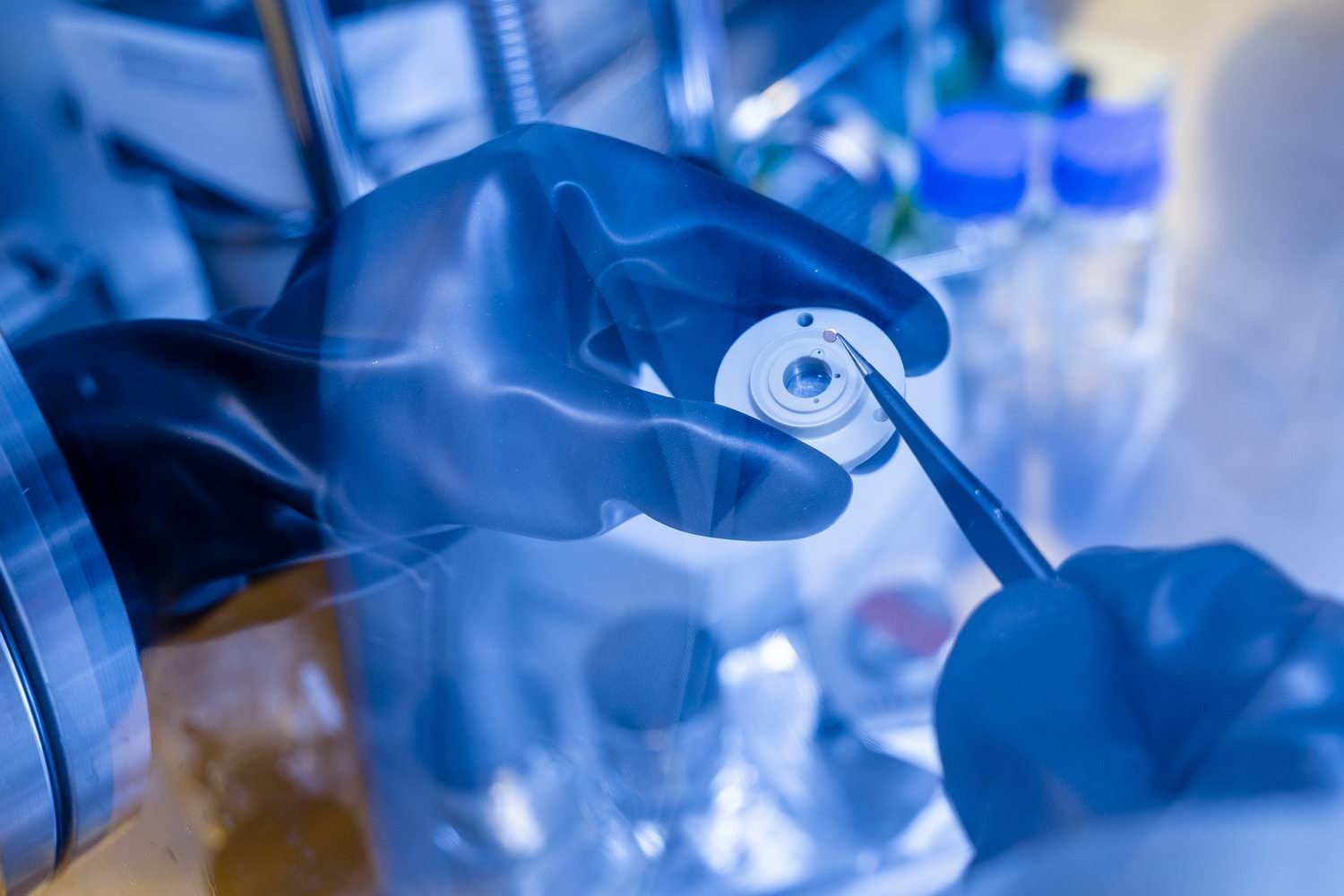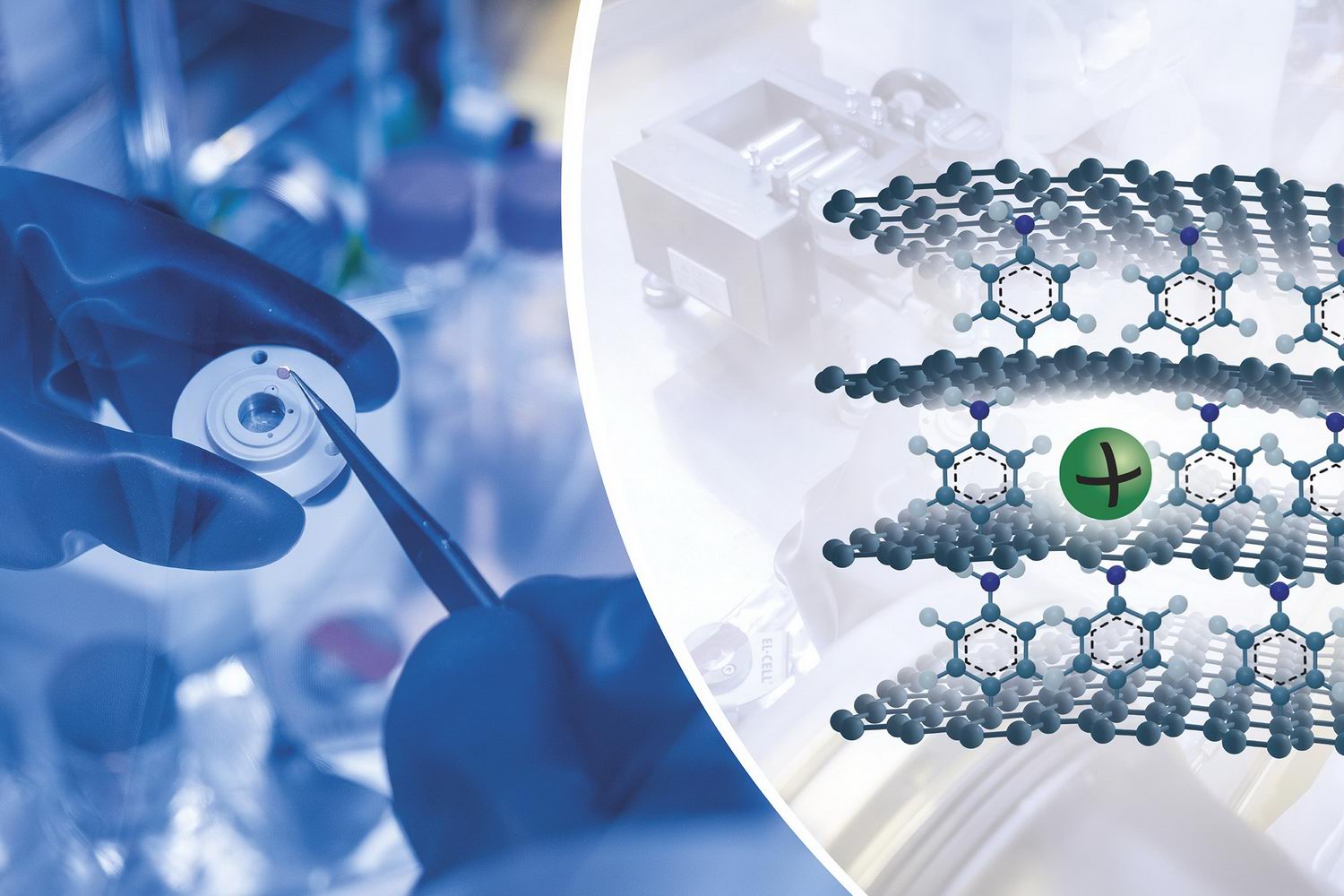New research into the way graphite is used in batteries could eventually see the end of lithium as a widely-used material in battery manufacture.
Scientists at Chalmers University of Technology in Sweden have been researching the graphite in the electrodes that helps store the lithium ions, the charging and discharging of which allows batteries to be used.
The problem with lithium
Lithium-ion batteries are highly efficient and, as such, have a wide array of applications including use in smartphones, laptops, power tools and cars.
Lithium's big problem, however, is its extraction, which exacts an enormous human and environmental cost, barely sustainable now, but almost certainly not in the long term.
The issue in terms of battery production is that, until now, lithium was the most efficient charging element that could be used within the limitations of the graphite technology in the battery electrodes that store the energy.
If electrode technology could be improved, it could, potentially, allow the use of widely-available non-lithium charging elements, thereby reducing the associated impact of lithium extraction - an element like sodium, which is found in salt water.
Spaced-out graphene
Graphite electrodes are made up of layers of graphene, between which lithium ions can move, allowing electrical charge to be stored. Sodium ions are, however, too big to move between the layers of graphene, and, as such, can't be currently used in batteries.
Here's Chalmers University's breakthrough though: by increasing the space between the layers of graphene within the electrodes, it can then allow sodium ions to be used in the same way as lithium ions currently are.
According to Jinhua Sun, a researcher from Chalmers and the first author of the paper outlining the new research: "We have added a molecule spacer on one side of the graphene layer. When the layers are stacked together, the molecule creates larger space between graphene sheets and provides an interaction point, which leads to a significantly higher capacity."
While sodium has, thus far, been a poor performer for use in batteries - with about one tenth the capacity of lithium - the spaced graphene allows sodium ions to achieve roughly the same performance as lithium, showing, according to the scientists, "full reversibility and high cycling stability."
God particles
Because of the novel graphene's odd, asymmetric composition, its developers are referring to it as "Janus graphene" named after the two-faced Roman god, often associated with doors and gateways, appropriate, they say, considering that the discovery potentially provides a gateway to high-capacity sodium-ion batteries.
According to Vincenzo Palermo, a professor at Chalmers's Department of Industrial and Materials Science: "Our Janus material is still far from industrial applications, but the new results show that we can engineer the ultrathin graphene sheets - and the tiny space in between them - for high-capacity energy storage. We are very happy to present a concept with cost-efficient, abundant and sustainable metals."




